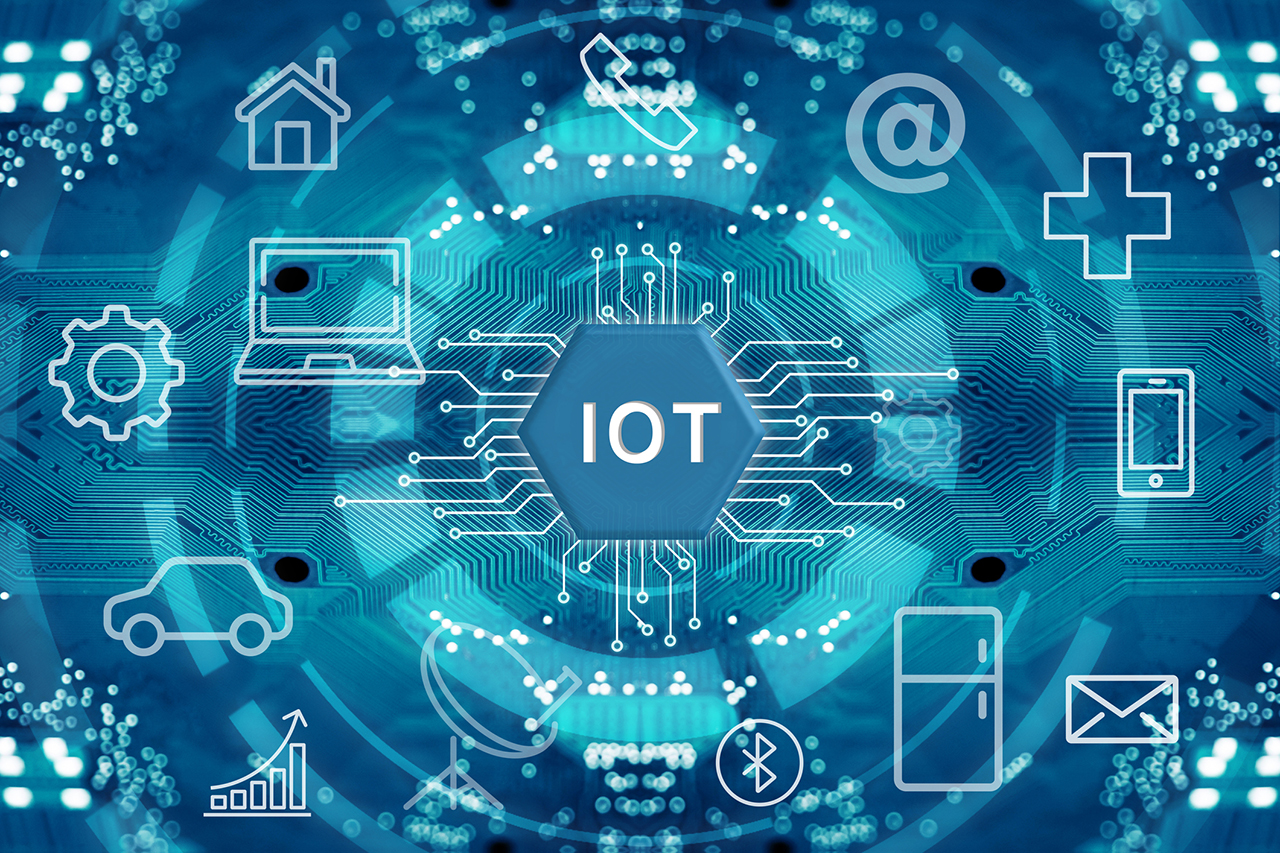
IoT and Embedded Systems: How They Are Changing the World
The globe is transforming significantly in how we exist, labour, and communicate with technology. The internet of things (IoT) and ingrained systems are two of the propelling factors steering this alteration. The IoT pertains to the interlinkage of tangible gadgets, automobiles, edifices, and other entities with the internet.
Contrarily, implanted systems are computing systems tailored to execute designated functions within extensive systems. When integrated, these technologies are causing noteworthy transformations worldwide, ranging from intelligent domiciles to healthcare, farming, and transportation.
This article will furnish you with a synopsis of how IoT and embedded systems are cleverly altering the globe.
Overview of IoT and Embedded Systems
IoT and embedded systems are technologies that work together to enable us to connect everyday devices to the internet. They are characterised by the ability to collect, transmit, and analyse data to provide valuable insights. IoT and ingrained systems are employed in various implementations, from personal electronics to industrial mechanisation.
One of the main benefits of IoT and embedded systems is their ability to make our lives easier and more efficient. For example, a smart home can be programmed to turn off lights when you leave the room, adjust the temperature according to your preferences, and even water your plants. Embedded systems like pacemakers and insulin pumps are also used in medical devices to monitor and regulate bodily functions.
IoT and Embedded Systems in Intelligent Home Automation
Intelligent abode mechanisation is among the most prevalent utilities of IoT and implanted systems. Connecting devices such as lights, thermostats, and security cameras to the internet allow homeowners to remotely control their homes from their smartphones or other devices. Automating tasks and optimising energy usage can save time and money.
IoT and Embedded Systems in Healthcare
In healthcare, IoT and embedded systems are used to monitor patient health and automate tasks such as medication management. For example, wearable devices such as smartwatches can track heart rate, sleep patterns, and activity levels, providing valuable data for healthcare professionals.
Embedded systems are also used in medical equipment such as MRI machines, CT scanners, and x-ray machines to improve accuracy and efficiency.
IoT and Embedded Systems in Agriculture
Agriculture is another industry that IoT and embedded systems have revolutionised.

For instance, sensors are used to monitor soil moisture and nutrient levels, helping farmers to manage fertilisation more efficiently and reduce water consumption. Furthermore, drones equipped with cameras can detect crop diseases before they spread, allowing for swift action to protect yields. Additionally, embedded systems are
For example, detectors can oversee soil dampness, temperature, and additional elements to determine the optimum instants to sow, irrigate, and reap crops. Implementing this approach can result in increased crop yields and reduced farming costs.
IoT and Embedded Systems in Industry
IoT and embedded systems are vital in monitoring and controlling intricate industrial systems like factories, power plants, and transportation networks. Manufacturers can optimise production processes, reduce waste, and enhance product quality using sensors and data analysis.
Moreover, embedded systems find applications in robotics and automation, enabling them to carry out tasks that are too risky or challenging for humans.
IoT and Embedded Systems in Transportation
Transportation is another industry that IoT and embedded systems have transformed. Through the utilisation of sensors and data analysis, transportation companies can efficiently optimise routes, minimise fuel consumption, and enhance safety measures.
For example, autonomous vehicles use embedded systems to control steering, braking, and acceleration, making them safer and more efficient than traditional vehicles.
Challenges of IoT and Embedded Systems
While IoT and embedded systems offer many benefits, several challenges are associated with these technologies. Below are some of the critical challenges that are frequently discussed:
- Security: IoT devices risk cyber threats, including hacking, malware, and denial-of-service attacks. These devices usually have inadequate security features and often connect to unsecured networks, making them vulnerable to attacks.
With the rapid expansion of connected devices, security concerns are becoming more critical. Proper cyber security measurement and embedded security testing should be taken seriously while designing and deploying these systems:
- Interoperability: IoT devices and embedded systems from different manufacturers may not be compatible, making it difficult to create integrated systems. This can result in various complications, such as data silos, redundant efforts, and heightened intricacy
- Privacy: IoT devices frequently gather private information, such as position, medical data, and individual choices, which can be misused if accessed by unauthorised people. It is essential to ensure that devices prioritise privacy and that users have authority over their data.
- Energy Consumption: IoT devices and embedded systems require power to function, and many are designed to always be on. This can result in excessive energy usage, which can be expensive and environmentally impractical.
- Complexity: IoT and embedded systems can be highly complex, involving multiple hardware and software layers. This intricacy can create challenges in identifying and resolving issues and sustaining systems.
Conclusion
The internet of things and embedded systems are profoundly transforming the world. As we continue to develop and improve these technologies, we must address the challenges and ensure that they are used in ways that benefit society. With responsible and ethical use, the internet of things and embedded systems can improve the world.





